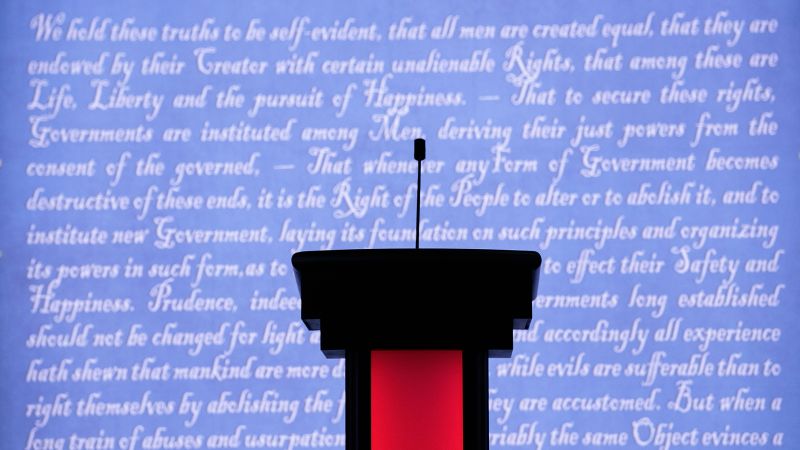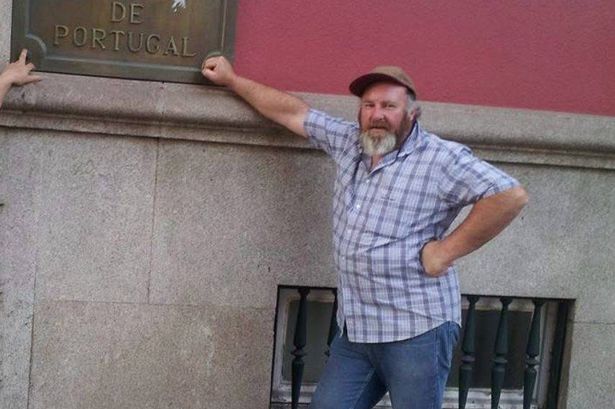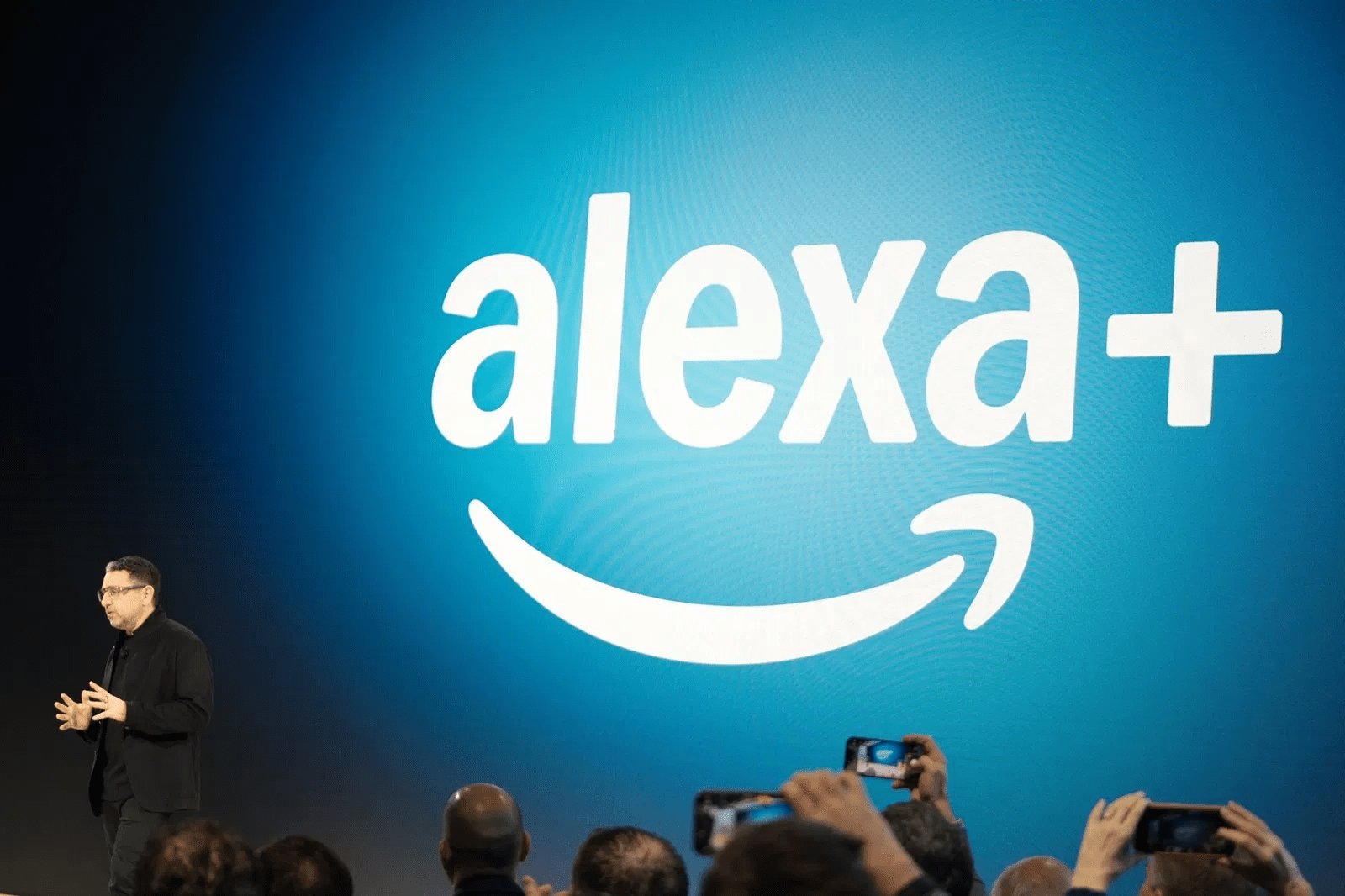The 2024 presidential alternative many voters will want

A new and compelling political force is steadily gaining momentum for the 2024 U.S. presidential election. This emerging option is not a traditional candidate, but rather a grassroots movement advocating for a more inclusive and representative political system: Ranked-Choice Voting (RCV).
As dissatisfaction with the two-party system grows among voters of all political affiliations, RCV is seen by many as a viable and much-needed alternative. Supporters argue that it could revolutionize the American political landscape by encouraging a wider range of candidates and viewpoints, reducing negative campaigning, and ensuring that the elected candidate has the broadest possible support base.
Ranked-Choice Voting allows voters to rank their preferred candidates in order of preference. If no candidate receives a majority of first-preference votes, the candidate with the fewest votes is eliminated, and their votes are redistributed according to the second preferences indicated on the ballots. This process repeats until a candidate secures a majority, ensuring that the winner is a consensus choice rather than a polarizing figure who merely won more votes than any other single candidate.
This system has been gaining traction in the U.S. over the past few years, with cities like New York, San Francisco, and Minneapolis adopting RCV for local elections. The state of Maine also used this method in the 2020 presidential election, becoming the first state to do so.
Advocates for RCV argue that it could help to mitigate the increasing polarization and gridlock in American politics. By eliminating the ‘wasted vote’ phenomenon, where votes for third-party or independent candidates are seen as helping the least-favored major candidate, RCV could encourage a more diverse range of candidates and viewpoints. It could also reduce negative campaigning, as candidates would need to appeal to a broader base to secure second and third preference votes.
However, implementing RCV on a national scale would not be without challenges. Critics argue that the system is confusing for voters and could lead to more spoiled ballots. They also contend that RCV could lead to less accountability, as candidates could win with a majority of second or third preference votes rather than a majority of first-preference votes.
Despite these challenges, the momentum behind RCV continues to grow. Grassroots organizations such as FairVote and the Ranked Choice Voting Resource Center are working tirelessly to educate the public about RCV and advocate for its adoption at the local, state, and national levels.
In a recent poll by the Pew Research Center, 58% of Americans expressed dissatisfaction with the current political system, with many citing the polarized, two-party system as a major source of frustration. As we move closer to the 2024 presidential election, the call for alternatives to this system is likely to grow louder.
Given this climate, Ranked-Choice Voting may well become the alternative many voters are looking for. It offers a practical solution to many of the problems plaguing the current political system, and has already been successfully implemented in various U.S. cities and the state of Maine.
As the 2024 presidential election approaches, all eyes will be on the evolving political landscape. Whether RCV becomes a significant player in this race remains to be seen. However, as dissatisfaction with the status quo continues to rise, the potential for this alternative voting system to make a significant impact is undeniable.
The RCV movement represents not just a new method of voting, but a fundamental shift in the way American politics is conducted – a shift towards greater inclusivity, diversity of viewpoints, and consensus-based decision making. As such, it is an alternative that many voters may well want to consider.








